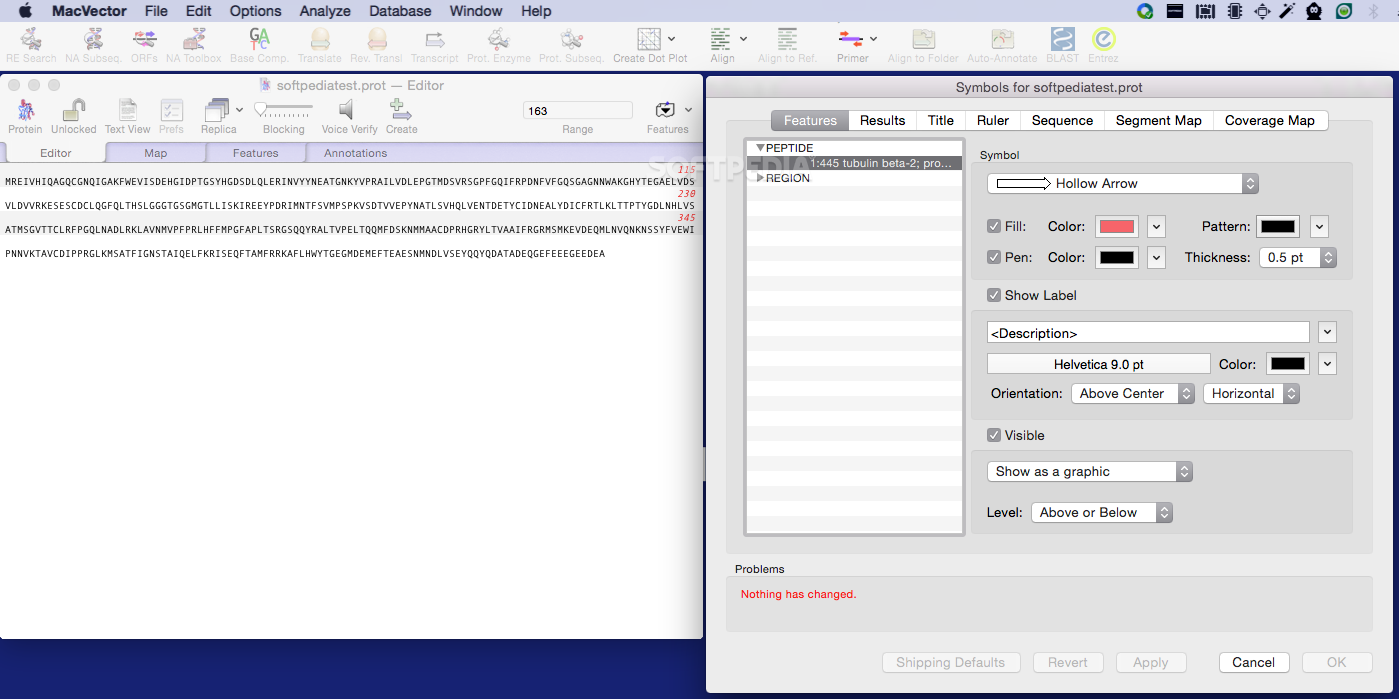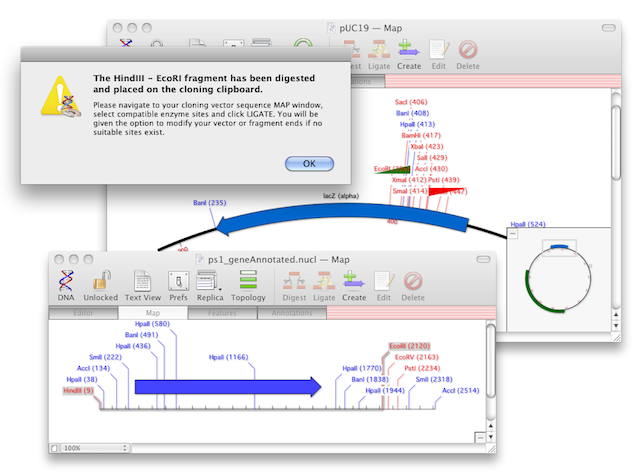
For example:Ĭhromosomal location: If, for example, you plan to recombine your transgene onto an FRT chromosome, you will need to select an attP site that is on the same chromosome arm as the FRT site, but sufficiently distant from the FRT to allow recombination to occur at a significant rate. However, other considerations might be important when choosing an attP stock. In practice, the landing sites attP18 (X chromosome), attP40 (2nd chromosome) and attP2 (3rd chromosome) might justifiably be considered the default choices for transgene insertion on these chromosomes.

Conveniently, attP sites have been identified on the major Drosophila chromosomes that satisfy these criteria (1). Ideally, the expression of a transgene inserted at an attP site should not be influenced by local enhancers or chromatin effects. Which attP stock should I chose for my microinjection? This means that a transgene can be targeted to an attP site at a specific genomic location that has already been tested for any enhancer or chromatin effects. The activity of phiC31 integrase (encoded by a transgene in the injected stock or by a co-injected helper plasmid) recombines the attB and attP sites and integrates the entire construct into the genome. In attB/P site specific integration, a construct carrying an attB site is injected into a fly stock carrying an attP site at a specific location in the genome. In some cases, insertion close to heterochromatin may lead to variegation in which trangene expression can vary unpredictably from cell to cell.

Transgene expression can be influenced by local chromatin conformation or by the presence of specific enhancers sequences. This is a problem as the effects on transgene activity of a specific genomic region are unknowable without extensive experimental characterisation. The P-element transposase enzyme is able to excise the P-element ends, along with any genes between them, from the injected construct and to integrate this DNA into the Drosophila genome.Ī major shortcoming of the P-element based approach is that the genomic insertion site of the transgene is unpredictable.
MACVECTOR ATTB RECOMBINATION PLUS
The original approach to introducing a transgene into the Drosophila genome was to subclone the gene between P-element transposon ends and then inject this construct, plus a helper plasmid expressing P-element transposase, into Drosophila embryos. The advantages of attB/P site specific integration


 0 kommentar(er)
0 kommentar(er)
